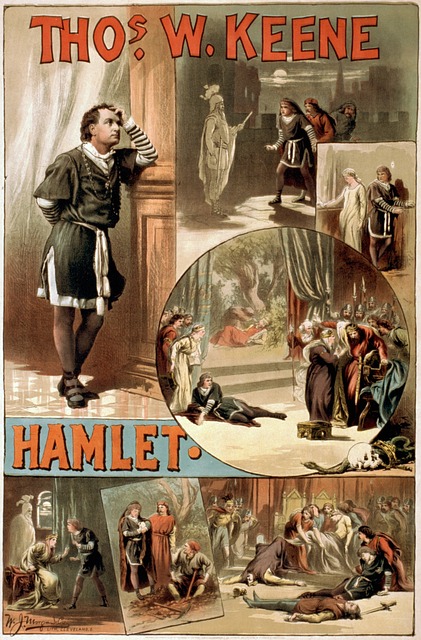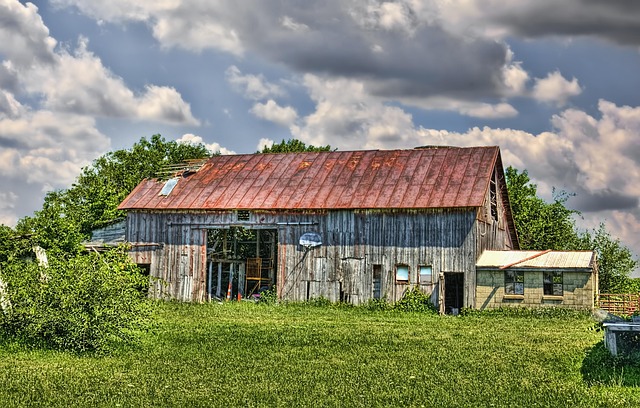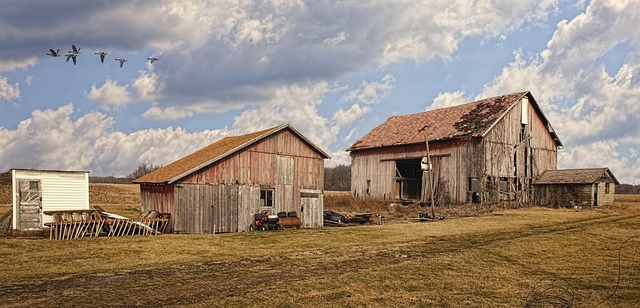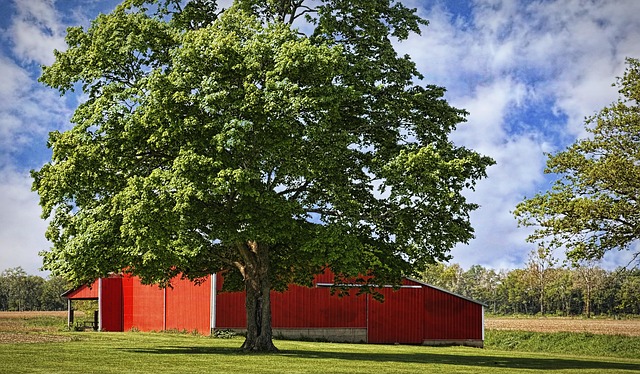Strategically locating a railway hub in real estate development boosts property values and appeal with easy access to active train stations. A lively hub with scenic trains transforms areas into desirable spaces, attracting buyers and tenants. Well-connected areas experience faster property value appreciation, making them lucrative for investors. Integrating passenger comfort, breathtaking views, and eco-friendly design creates a harmonious experience. Rail hubs drive economic growth, tourism, and urban renewal, revitalizing communities through modern amenities and historic stations.
“Unleash the potential of your city with a scenic railway hub—a unique blend of transportation and tourism. This article explores the strategic development of rail hubs as key drivers for real estate growth, offering breathtaking train experiences that attract visitors and investors alike.
From choosing the perfect location to designing immersive journeys, we delve into essential aspects like marketing strategies tailored for rail tourism, enhancing city appeal and boosting local economies through innovative real estate concepts.”
Locating the Ideal Railway Hub for Real Estate Development

When considering real estate development, strategically locating a railway hub can significantly enhance property value and market appeal. The ideal spot would be adjacent to an active train station, offering easy access to both commuters and tourists. This central location not only facilitates convenient transportation but also contributes to the area’s overall vibrancy.
A bustling railway hub with scenic trains can transform the surrounding landscape into a desirable residential or commercial space. The visual appeal of passing trains, combined with efficient connectivity, creates an attractive environment for potential buyers and tenants. Additionally, well-connected areas often experience faster property value appreciation, making it a lucrative choice for real estate investors.
Design Considerations for Scenic Train Experiences

When designing a railway hub with scenic train experiences, the integration of real estate planning is paramount. The physical layout should prioritize passenger comfort and accessibility while offering breathtaking views of the surrounding landscapes. Strategic positioning of observation decks, panoramic windows, and open-air platforms can enhance the overall experience, transforming each journey into a visually captivating adventure.
Moreover, the hub’s architecture should blend seamlessly with its natural setting. Utilising local materials and incorporating eco-friendly design elements not only preserves the area’s aesthetic appeal but also creates a harmonious environment that encourages visitors to immerse themselves in the scenic beauty. Consideration of lighting, landscaping, and strategic placement of information kiosks can further elevate the passenger experience, ensuring a memorable journey from beginning to end.
Marketing and Tourism: Unlocking Potential with Rail Hubs

Rail hubs have immense potential to boost local economies and attract tourists, becoming key players in the real estate market. By marketing scenic train journeys as unique travel experiences, regions can tap into a growing demand for authentic, immersive adventures. This strategy not only increases visitor numbers but also fosters local businesses, from accommodation providers to eateries, as these facilities cater to a diverse range of travelers.
Furthermore, the development of rail hubs can spur urban renewal and infrastructure growth, making them desirable locations for residential and commercial properties. The integration of modern amenities with historic train stations creates a vibrant atmosphere that appeals to both locals and outsiders. With careful planning and strategic marketing, rail hubs can become iconic landmarks, driving tourism and enhancing the overall quality of life for surrounding communities.






